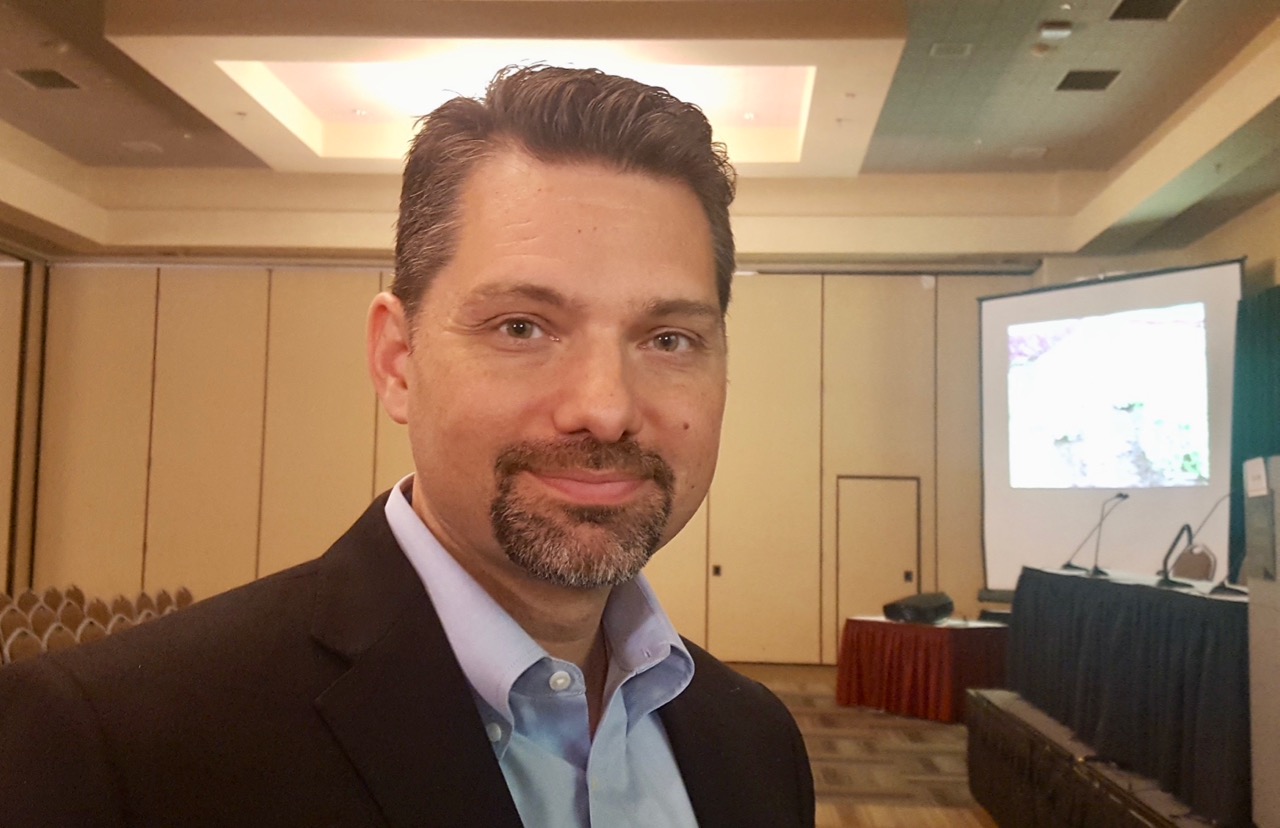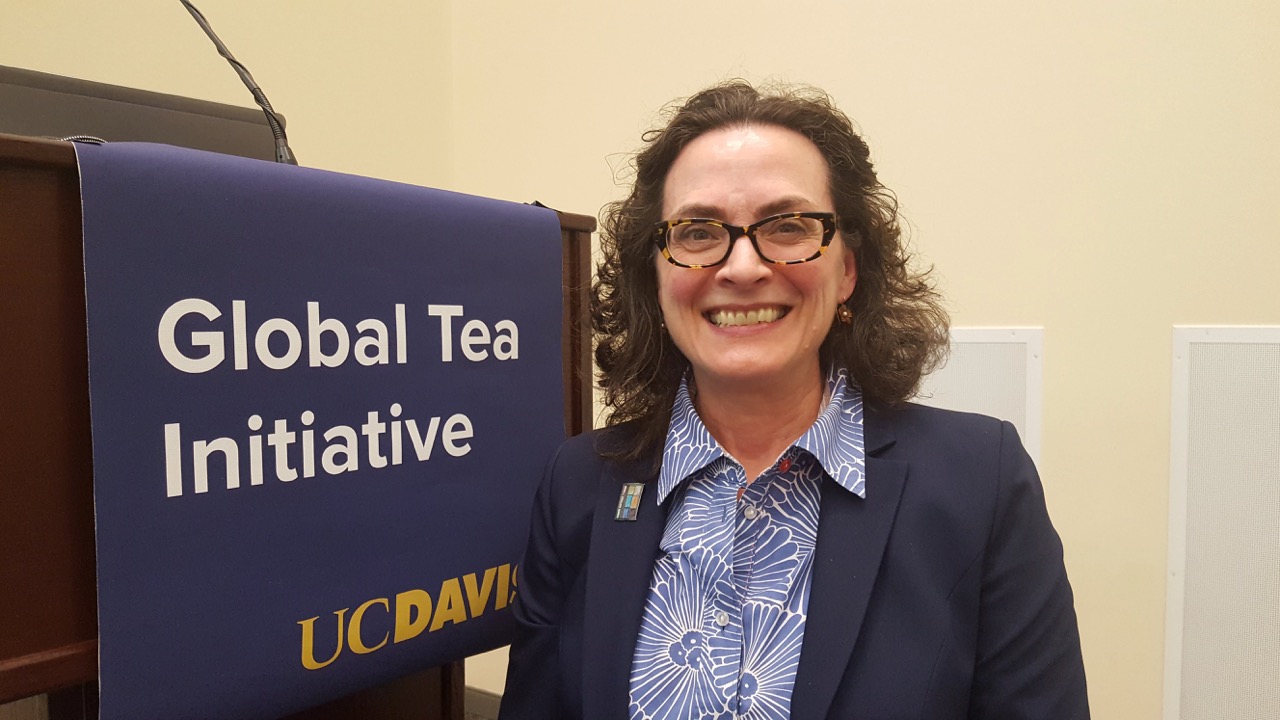“The Fight For Water” Film On Amazon Prime
Award-Winning film by Juan Carlos Oseguera Expands
By Patrick Cavanaugh, Editor
An award-winning documentary film on the California water crisis, The Fight for Water, has made its debut this week on Amazon Prime. This is its largest release, as Amazon has over 90 million Prime members in the U.S. alone.
Since its release in 2012, the documentary film has gone on to screen at numerous national and international film festivals, where it also won awards, and has continued to hold numerous community, library and college screenings around the nation. Because of this ongoing success, the film’s distributor, Passion River Films, felt the film could still find a greater audience through this online venue as well.
“Understanding water issues have captured the attention of many, not only in California but also around the nation and the world, the documentary serves not only as an educational film on water, but also offers a historical perspective on environmental issues,” said filmmaker Juan Carlos Oseguera.
The film specifically chronicles an environmental decision that affected a community, united an entire region and galvanized the entire state into action, all to fight for their right to water.
For more on the film, visit www.thefightforwaterfilm.com now.




















